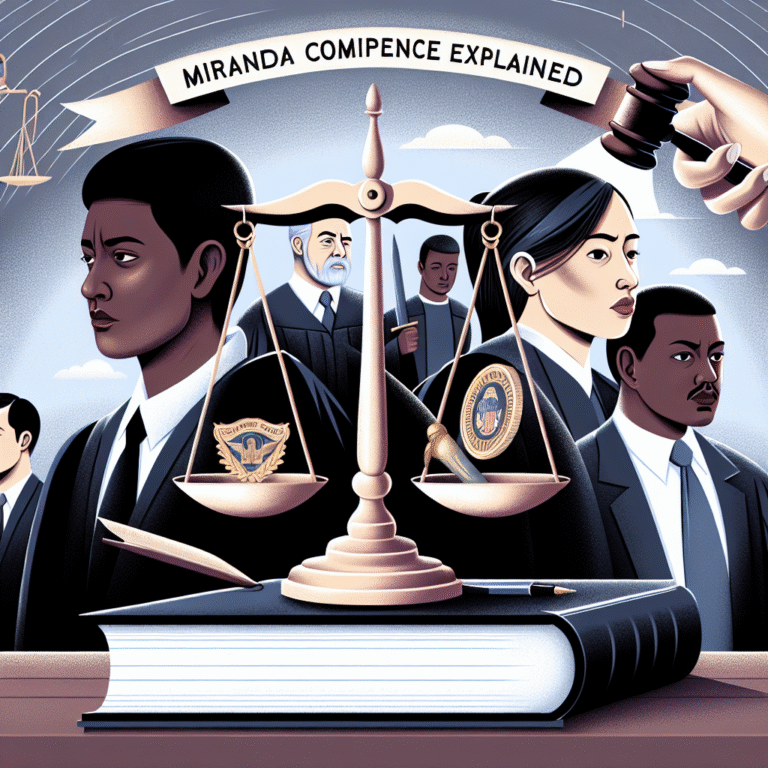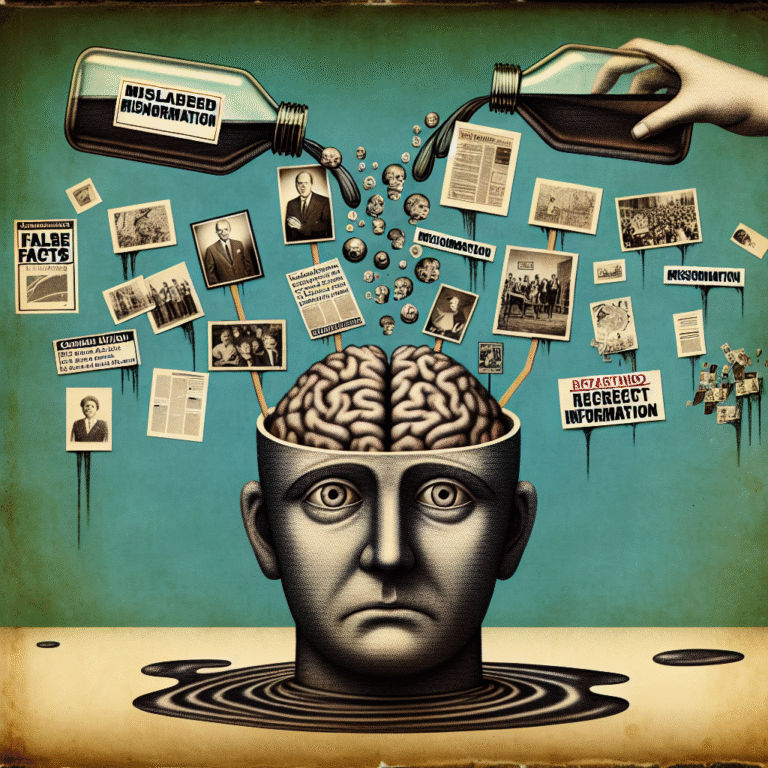
Introduction
Conflict is an inevitable part of human interaction, particularly in crisis situations. When tensions rise, the stakes are high; misunderstandings can escalate into major disputes, leading to disastrous outcomes. Recognizing how to diffuse these tensions is not just an essential skill for mediators or professionals in conflict resolution, but also for anyone who finds themselves in a challenging situation. In this article, we’ll explore proven strategies for de-escalating conflict when tensions rise, drawing on case studies and empirical research to equip you with the tools you need to navigate crises effectively.
Understanding Conflict: The Nature of Tensions
The Psychology of Conflict
Understanding the underlying psychology of conflict is crucial when exploring how to de-escalate tensions. Conflict often stems from unmet needs, interpersonal misunderstandings, or external pressures. According to the Thomas-Kilmann Conflict Mode Instrument, individuals have different approaches to handling conflict, influenced by their personality, experiences, and the specific context.
The Ripple Effect of Unresolved Conflict
In crisis situations, unresolved tension does not only affect the individuals directly involved; it can create a ripple effect impacting teams, families, and organizations. For instance, in a workplace scenario where two employees are in conflict, the resulting tension can lead to decreased productivity and employee morale.
Case Study: The Workplace Conflict at Company X
A notable example can be seen at Company X, where a disagreement over project management led to rising tensions between team members. As the conflict went unresolved, it impacted the entire team’s performance, ultimately leading to a loss of a significant client. By employing de-escalation strategies, management was able to intervene, restoring harmony and allowing the team to refocus on their objectives.
Strategies for De-Escalating Conflict
1. Active Listening
One of the most effective techniques for de-escalating conflict is active listening. This involves not only hearing the words spoken but also understanding the emotional context behind them.
Key Steps in Active Listening:
- Paraphrase: Repeat back what you’ve heard to confirm understanding.
- Empathize: Acknowledge the speaker’s feelings, which demonstrates respect and understanding.
- Avoid Interrupting: Let the speaker finish their thoughts without interjecting.
2. Establishing Common Ground
Finding common ground is essential when tensions rise. By emphasizing shared interests or goals, parties can shift their focus from their differences to what unites them.
Example: Team Collaboration
During a contentious negotiation, it can be beneficial to revisit the common goals that both parties share. This not only creates a more collaborative atmosphere but fosters a sense of partnership.
3. Nonverbal Communication
Understanding nonverbal cues is critical in de-escalation. Body language, eye contact, and tone of voice all play a substantial role in how messages are perceived.
| Nonverbal Cues | Impact on Communication |
|---|---|
| Open posture | Signals receptiveness |
| Avoiding eye contact | Indicates defensiveness |
| Calm tone | Reduces perceived aggression |
Case Study: The Negotiation Between Two Companies
In a high-stakes negotiation between two companies, executives noticed rising tensions due to aggressive body language. By consciously adjusting their posture and maintaining a calm tone, the negotiators were able to shift the energy of the conversation and reach a mutually beneficial agreement.
4. Finding the Right Timing
Knowing when to address the conflict is crucial. In high-stress situations, it may be wiser to postpone addressing the issue until parties have had a chance to cool down.
Tactical Timeout:
Encouraging a brief break can provide individuals time to gather their thoughts and remove themselves from an emotionally charged environment. This timeframe can pave the way for more rational discussions.
5. Use of Humor
While not always appropriate, humor can effectively lighten the mood and diffuse tension. It can create a more relaxed atmosphere, fostering connection and making parties more amenable to dialogue.
Case Study: The Firm’s Client Presentation Fiasco
At a recent presentation, tensions rose between the team and the client over deliverables. A team member cracked a light-hearted joke about the pressures of deadlines, which broke the tension and allowed both sides to engage more positively.
The Importance of Emotional Intelligence
Recognizing Emotions in Conflict
Emotional intelligence plays a vital role in conflict resolution. Recognizing your own emotional triggers, as well as those of others, allows for a more nuanced approach to handling tense situations.
Self-Regulation and Empathy
Self-regulation helps individuals maintain control over their reactions in stressful situations. Meanwhile, empathy allows for understanding the emotional state of others, fostering a more collaborative environment amidst rising tensions.
Implementing Conflict Resolution Techniques
Collaborate Instead of Compete
In crisis situations, approach conflicts with a mindset of collaboration rather than competition. This encourages a cooperative dialogue that can lead to creative solutions.
Conflict Resolution Techniques Table:
| Technique | Description | Expected Outcome |
|---|---|---|
| Mediation | Involving a neutral third party | Facilitates dialogue and understanding |
| Arbitration | Binding decision by a third party | Resolves conflict efficiently |
| Negotiation | Direct dialogue between parties | Encourages compromise |
Case Study: Mediation in Community Dispute
In a local community dispute, residents engaged in mediation facilitated by a third party resolved their tensions over land use, allowing for a more harmonious neighborhood dynamic. This case illustrates the power of mediation in transforming escalating conflicts into collaborative solutions.
The Role of Leadership in De-Escalation
Setting the Tone
Leaders have a significant influence on the culture of conflict management within teams. By modeling effective communication and conflict resolution techniques, they can create an environment where constructive dialogue thrives.
Providing Resources for Employees
Investing in training and resources for employees to learn de-escalation techniques is beneficial. Workshops or online courses on emotional intelligence and conflict resolution can equip teams with the necessary skills.
Conclusion
When tensions rise, the ability to de-escalate conflict often determines the outcome of a situation. By employing active listening, establishing common ground, and recognizing the role of nonverbal communication, individuals can navigate crises effectively. Emotional intelligence and leadership play crucial roles in fostering a culture of understanding and collaboration.
By integrating these strategies into your personal and professional interactions, you can transform conflicts into opportunities for growth and connection. Remember, effective conflict resolution not only addresses the immediate issue but can strengthen relationships, build trust, and pave the way for a more positive future.
FAQs
1. What is de-escalation in conflict resolution?
De-escalation is the process of reducing tension and conflict between parties in order to facilitate a more productive conversation or environment.
2. How can I tell if someone is becoming defensive during a conversation?
Signs can include crossed arms, avoiding eye contact, a raised voice, or dismissive hand gestures.
3. What are some common triggers for heightened tensions?
Common triggers include lack of clear communication, unmet expectations, and feelings of being threatened or disrespected.
4. How long should I wait to address a conflict after tensions have risen?
It depends on the situation, but providing a short break (15-30 minutes) can help individuals cool down before re-engaging in conversation.
5. What role does body language play in conflict situations?
Body language can significantly affect the dynamics of a conversation; open and relaxed body language fosters trust, while tense or closed body language can escalate tensions further.
By understanding the dynamics of conflict and employing proven de-escalation techniques, you can navigate challenging situations with confidence and poise. Whether at work or in personal relationships, the ability to manage conflicts effectively can lead to more harmonious interactions and positive outcomes.

















